Space
Sign up for our newsletter
We summarize the week's scientific breakthroughs every Thursday.
-
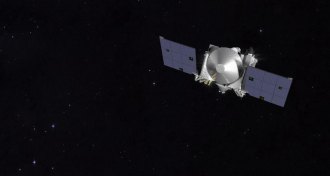 Planetary Science
Planetary ScienceOSIRIS-REx snaps first images of asteroid Bennu
OSIRIS-REx got its first glimpse of near-Earth asteroid Bennu. The probe will collect a sample from the asteroid and return it to Earth.
-
 Astronomy
AstronomyStrange gamma rays from the sun may help decipher its magnetic fields
The sun spits out more and weirder gamma rays than anyone expected, which could give a new view of the sun’s magnetic fields.
-
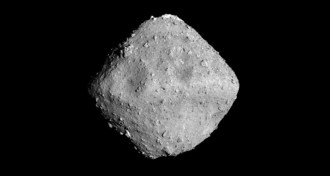 Planetary Science
Planetary ScienceHere’s where the Hayabusa2 spacecraft will land on the asteroid Ryugu
Japan’s Hayabusa2 probe and its landers will touch down on the asteroid Ryugu in the next few months to pick up dust samples and return them to Earth.
-
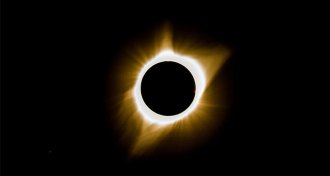 Astronomy
AstronomyFive things we learned from last year’s Great American Eclipse
A year after the total solar eclipse of 2017, scientists are still pondering the mysteries of the sun.
-
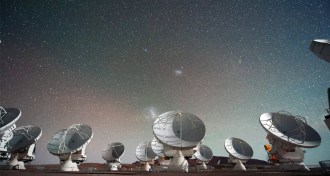 Astronomy
AstronomyA galaxy 11.3 billion light-years away appears filled with dark matter
The “Cosmic Seagull,” a distant galaxy magnified by a gravitational lens, seems chock-full of dark matter, in contrast with other galaxies almost as far away.
-
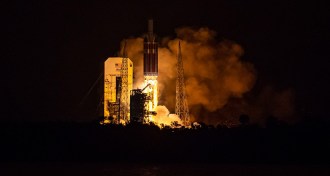 Astronomy
AstronomyThe Parker Solar Probe has launched and is on its way to explore the sun
The Parker Solar Probe just took off to become the first spacecraft to visit the sun.
-
 Astronomy
AstronomyWith launch looming, the Parker Solar Probe is ready for its star turn
The Parker Solar Probe is scheduled to launch on August 11 to become the first spacecraft to touch the sun.
By Lisa Grossman and Helen Thompson -
 Astronomy
AstronomyA faint glow found between galaxies could be a beacon for dark matter
Intracluster light may help reveal where dark matter resides within galaxy clusters.
-
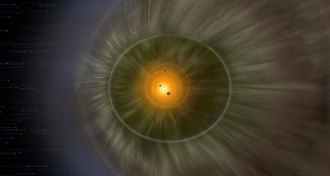 Astronomy
AstronomyNew Horizons may have seen a glow at the solar system’s edge
New Horizons may have seen a hydrogen wall just past the edge of the solar system, where the solar wind meets the stuff of interstellar space.
-
 Astronomy
AstronomyAstronomers saw the first mass eruption from a star that’s not the sun
The first coronal mass ejection observed fleeing another star was as massive as scientists expected, but carried less energy.
-
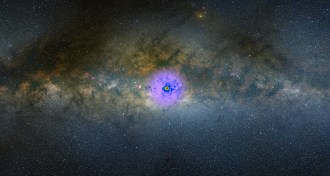 Astronomy
AstronomyHopes dim that gamma rays can reveal dark matter
A mysterious glow of gamma rays coming from the center of the Milky Way probably isn’t a sign of dark matter.
-
 Astronomy
AstronomyNext to its solar twins, the sun stands out
Our sun has subtly different chemistry from its peers, which may help pinpoint stars with systems like our own.